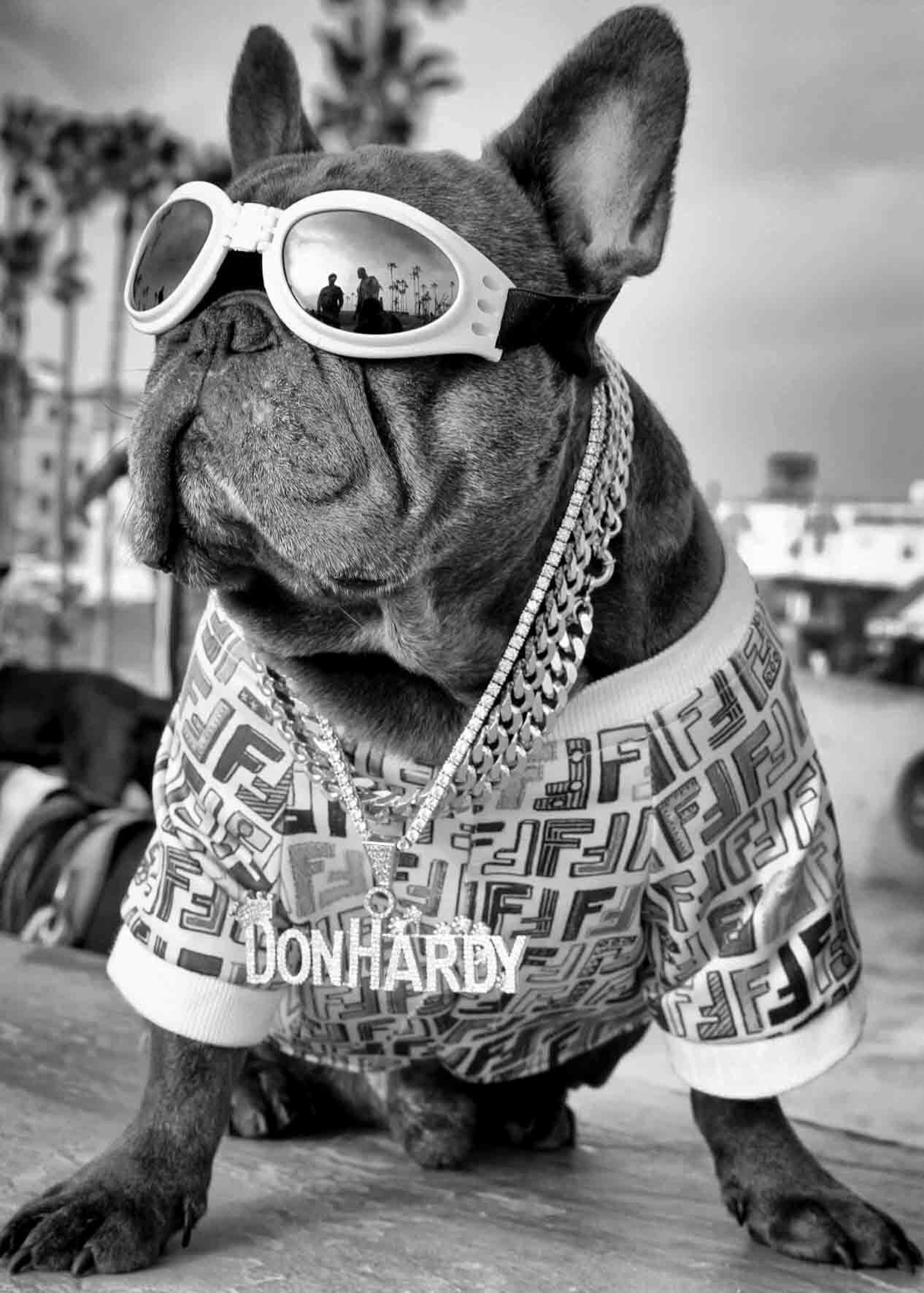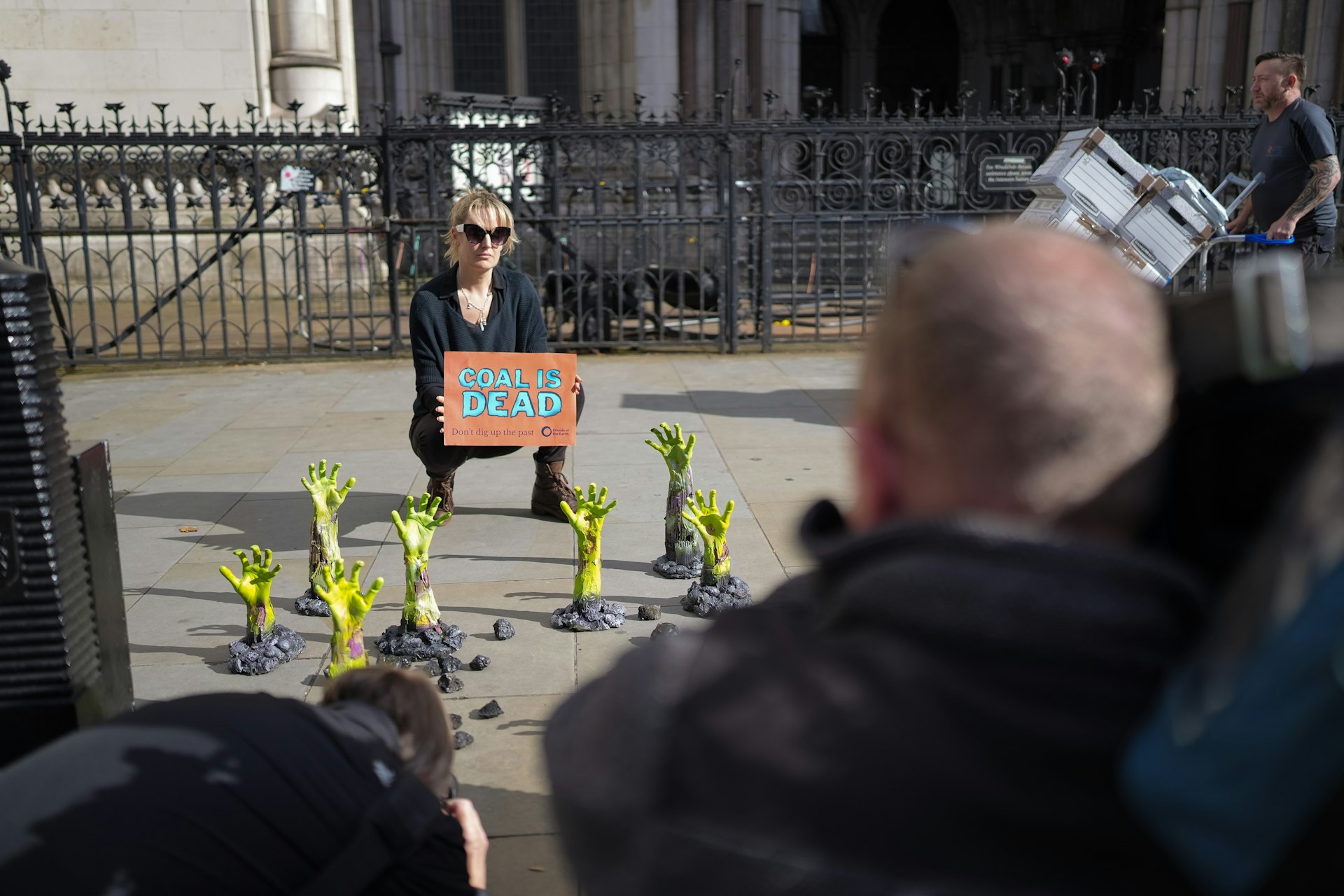Collectives and collaboration are the future of photography
- Text by Alex King
- Photography by Justin Sainsbury

If you thought photography was an individual pursuit, think again. Photography collectives, from Magnum to VII to The Deadbeat Club, have always played an important role in pushing the medium forward. The internet, a bleak economic outlook and the transition to digital have all fired a huge resurgence of the collective over the last decade as photographers adapt to the new rules of the game.
Inspired by the shift towards greater cooperation, curators of the Brighton Photo Biennial have themed this year’s event around communities, collectives and collaboration. The sixth edition of the UK’s largest photography festival shines a light on collectives old and new, alongside commissions involving multiple partners working together to take projects in unexpected directions.
Before the Biennial kicks off on Saturday, October 4, Huck headed down to the South Coast for a sneak peak.
A Return To Elsewhere

Photo by Kalpesh Lathigra
One of the festival’s flagship commissions joined up two photographers who had never met or worked together before: South African Thabiso Sekgala and Kalpesh Lathigra from the UK. The pair traded places to explore Indian communities in Marabastad and Laudium, South Africa and Brighton, UK. Sekgala and Lathigra’s joint project looks at the legacy of British colonialism, which left deep scars in many places it touched, but at the same time connected people across the globe and helped give birth to today’s vibrant multicultural society.
Sputnik Photos

Photo by Agnieszka Rayss
The amazing Circus Street space, a crumbling former fruit and vegetable market, is home to a showcase of five contemporary photo collectives, including Sputnik Photos from Central and Eastern Europe. Sputnik look at identity and experience in post-Soviet Europe, with Adam Panczuk’s I_am_in_vogue that explores fashion among young Belorussians and Agnieszka Rayss’ I Reminisce and Cry for Life that profiles women who served as nurses in WWII.
Photocopy Club

Photocopy Club installed at Circus Street
Huck favourites Photocopy Club bring their trademark black and white Xeroxed vibe to Brighton, but this time with a twist: photographers must form collectives of 3-10 people and submit work together on the theme of community. Catch Matt Martin’s zine making workshop at BPB before he takes the show to South Africa and holds a zine swap in Johannesburg.
Ruido

From La Sala Negra by Pau Coll and Edu Ponces
Barcelona-based Ruido bring a strong social conscience to focus on the Hispanic world. Pau Coll and Edu Ponce’s La Sala Negra takes a new perspective on Central America’s epidemic of gang violence and Toni Arnau’s Paraná project looks at the people in three countries who eek out an existence beside Latin America’s second largest river.
Burn My Eye

Photo by Juichi Nishimura
Burn My Eye is an international street photography collective and their work is presented alongside Ruido and Sputnik at Circus Street.
Co-Optic

Photo by Sirkka-Liisa-Konttinen
Co-Optic is one of the historical collectives whose legacy is celebrated in this year’s biennial. Martin Parr, Fay Godwin and Gerry Badger all cut their teeth at Co-Optic, where they learned from pioneers in the US and Europe to help them revitalise documentary photography in the UK through the 1970s.
Amore e Piombo

Demonstration against the Historic Compromise, alliance of the Christian Democracy (DC) and the Italian Communist Party (PCI), Rome, 1970s © Team Editorial Services/Alinari
Rome’s Team Editorial Services agency were instrumental in the development of paparazzi style celebrity photography, while simultaneously documenting Italy’s descent into near-civil war during the 1970s. The agency’s photographers could be shooting celebrities on the Via Veneto one minute, then covering bombings, political assassinations and demonstrations the next. In presenting the photos of celebrity and carnage together – as they were shot – Amore e Piombo (love and lead) reveals the conflicts and contradictions of Italy’s most turbulent decade.
Brighton Photo Biennial 2014 runs October 5 to November 2 at venues around the city.
Latest on Huck

Autism cannot be cured — stop trying
A questionable study into the ‘reversal’ of autism does nothing but reinforce damaging stereotypes and harm, argues autistic author Jodie Hare.
Written by: Jodie Hare

Bristol Photo Festival returns for second edition
After the success of it’s inaugural run, the festival returns this autumn with exhibitions, education and community programmes exploring a world in constant motion through still image.
Written by: Ben Smoke

Documenting the life of a New York gang leader paralysed by gun violence
New photobook ‘Say Less’ is a complex yet humanising look into a life wrecked by gun violence and organised crime.
Written by: Isaac Muk

The woman who defined 80s Hip Hop photography
A new exhibition brings together Janette Beckman’s visionary and boundary pushing images of an era of cultural change and moral panic.
Written by: Miss Rosen

In photos: the dogs of Dogtown
A new photobook documents Venice Beach’s four legged friends and their colourful cast of owners.
Written by: Isaac Muk

Inside the battle to stop coal
As the legal challenge against Britain’s first deep coal mine in 30 years reaches the High court, we talk to activists at the centre of the fight to stop it.
Written by: Ben Smoke